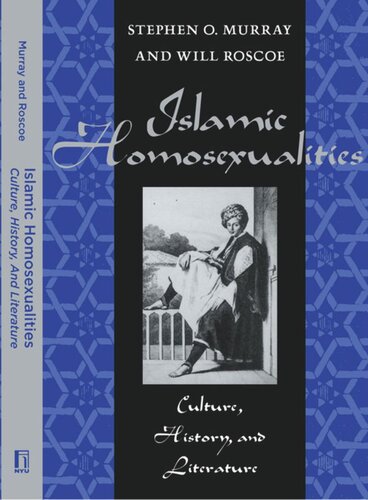

Most ebook files are in PDF format, so you can easily read them using various software such as Foxit Reader or directly on the Google Chrome browser.
Some ebook files are released by publishers in other formats such as .awz, .mobi, .epub, .fb2, etc. You may need to install specific software to read these formats on mobile/PC, such as Calibre.
Please read the tutorial at this link: https://ebookbell.com/faq
We offer FREE conversion to the popular formats you request; however, this may take some time. Therefore, right after payment, please email us, and we will try to provide the service as quickly as possible.
For some exceptional file formats or broken links (if any), please refrain from opening any disputes. Instead, email us first, and we will try to assist within a maximum of 6 hours.
EbookBell Team

4.0
26 reviewsThe dramatic impact of Islamic fundamentalism in recent years has skewed our image of Islamic history and culture. Stereotypes depict Islamic societies as economically backward, hyper-patriarchal, and fanatically religious. But in fact, the Islamic world encompasses a great diversity of cultures and a great deal of variation within those cultures in terms of gender roles and sexuality.
The first collection on this topic from a historical and anthropological perspective, Homosexuality in the Muslim World reveals that patterns of male and female homosexuality have existed and often flourished within the Islamic world. Indeed, same-sex relations have, until quite recently, been much more tolerated under Islam than in the Christian West. Based on the latest theoretical perspectives in gender studies, feminism, and gay studies, Homosexuality in the Muslim World includes cultural and historical analyses of the entire Islamic world, not just the so-called Middle East. Essays show both age-stratified patterns of homosexuality, as revealed in the erotic and romantic poetry of medieval poets, and gender-based patterns, in which both men and women might, to varying degrees, choose to live as members of the opposite sex. The contributors draw on historical documents, literary texts, ethnographic observation and direct observation by both Muslim and non-Muslim authors to show the considerable diversity of Islamic societies and the existence of tolerated gender and sexual variances.